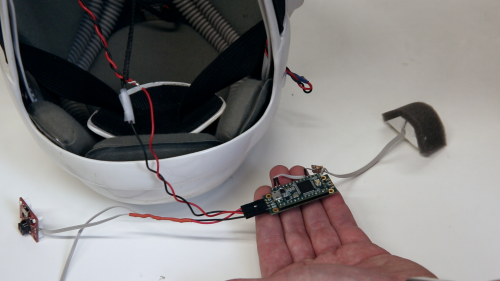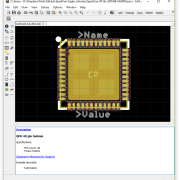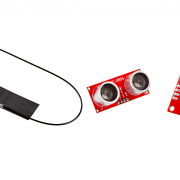Vox Imperium V2.0
Do or do not.
For better or for worse, the next five or so holiday seasons will have to share the spotlight with a seemingly endless parade of Star Wars film releases. Rogue One: A Star Wars Story is looming like a spherical superweapon on the horizon, so we thought today would be a good day to tickle your headtails with one of our Star Wars-related projects.
Earlier in the fall, Shawn and I briefly showed you Vox Imperium, the in-helmet voice modulator we put together for my “Return of the Jedi” scout trooper uniform. We got a ton of great feedback from the original post and had some good ideas on how the project could be improved upon. We've made a lot of special modifications ourselves, and they made a big difference.
The circuit for both the fan system and sound system are unchanged with the exception of some of the values in the Arduino sketch running on the Teensy. We found some new smaller fans and relocated them to the back of the helmet in the hope that it would be easier to isolate the MEMS microphone, and we added one of our small surface transducers in the back of the bucket as well, to help fill out some of the mid- and low-range frequencies.
The Teensy and prop shield are no longer connected with a ribbon cable, since it was unnecessary and the added resistance was introducing a lot of unwanted static and false positives into the system. Finally, we tried and tried to isolate the MEMS microphone but, in the end, had to use a throat-microphone style solution which, while not ideal, does solve both our feedback/low volume problems.
Check out Shawn's excellent tutorial if you want to assemble a circuit like this yourself.
Have any ideas on how we could take this project even further? BLE connectivity? What about a heads-up display? I’m also completely out of ideas for putting both the mic and speakers inside the helmet, so if anybody has any neat tricks for isolating our MEMS microphone in a small, head-shaped, enclosed chamber, I'm all ears… well, what’s left of them anyway.








